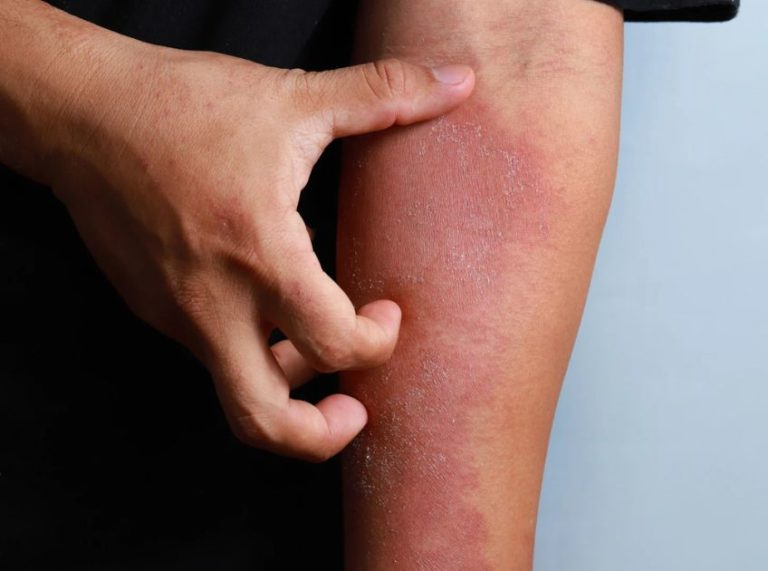
Important: This article is for informational purposes only. Please read our full disclaimer for more details.
In today’s image-driven world, many of us struggle with body confidence and self-love. Social media filters, beauty standards, and societal pressures can make us feel disconnected from our bodies. We criticize our shapes, hide our imperfections, and often live in a constant state of self-judgment.
But what if the key to loving your body isn’t changing it—but reconnecting with it?
This is where somatic practices come in. Somatics help you tune into your body’s sensations, emotions, and movement patterns, allowing you to heal your relationship with yourself. By learning to feel rather than judge, somatic work fosters deeper body awareness, emotional release, and unconditional self-acceptance.
What Is Somatic Practice and Why Does It Matter?
Somatics, derived from the Greek word soma, meaning “living body,” focuses on the internal experience of your body rather than how it looks from the outside. Unlike traditional fitness routines, which often aim for external results, somatic exercises encourage you to listen, feel, and connect.
How It Works
- Rewiring the Nervous System: Chronic body shame and stress can trap the nervous system in a state of hypervigilance. Somatic practices like mindful movement and breathwork calm the fight-or-flight response.
- Releasing Stored Emotions: Research shows that emotional trauma and shame can manifest as physical tension in the body. Somatic work helps release these stored patterns, creating more ease and comfort.
- Building Embodiment: By becoming more aware of your body’s sensations, you shift focus from how it looks to how it feels—a powerful tool for cultivating self-love.
A 2020 study published in the Journal of Bodywork and Movement Therapies found that somatic-based interventions improved body image satisfaction and self-compassion in participants, highlighting their therapeutic potential (1).
How Somatics Boosts Body Confidence and Self-Love
Body confidence isn’t about achieving a “perfect” figure—it’s about feeling safe and at home in your body. Here’s how somatics helps:
1. Breaking the Cycle of Body Shame
Somatic awareness shifts your attention from appearance to sensation. Instead of judging your body, you start to listen to it, reducing negative self-talk.
2. Healing Past Emotional Wounds
Many of us carry old experiences of body criticism, trauma, or shame. Somatic practices allow us to process these emotions safely, helping us release what no longer serves us.
3. Strengthening Mind-Body Connection
By practicing slow, intentional movements, you reconnect with your body on a deeper level. This connection fosters gratitude and respect, helping you appreciate what your body can do rather than how it looks.
4. Empowering Self-Compassion
Somatic techniques teach you to move with kindness, offering your body acceptance rather than punishment. Over time, this nurtures a sense of self-love that feels authentic and lasting.
Simple Somatic Exercises for Body Confidence
These beginner-friendly techniques can help you reconnect with yourself:
1. Body Scan Awareness
- Lie down or sit comfortably.
- Slowly bring attention to each part of your body, noticing sensations without judgment.
- Breathe deeply and release any tension you find.
Why It Works: Increases interoceptive awareness—your ability to sense internal bodily signals—making you feel more present and grounded.
2. Mirror Gratitude Practice
- Stand in front of a mirror.
- Place a hand on your heart and take three deep breaths.
- Say aloud one thing you appreciate about your body—not how it looks, but what it allows you to experience.
Why It Works: Studies show that practicing self-compassion rituals improves body image and emotional well-being.
3. Gentle Movement Exploration
Put on soft music.
Move intuitively—stretch, sway, or dance without focusing on appearance.
Focus entirely on how your body feels rather than how it looks.
Why It Works: Encourages embodied joy and rewires your relationship with movement from punishment to pleasure.
The Science Behind Somatics and Self-Love
Research on embodiment and somatic awareness shows that cultivating a deeper connection with the body can reduce anxiety, improve self-image, and foster greater overall well-being.
For instance, a 2019 study in Frontiers in Psychology found that somatic-based mindfulness techniques were linked to lower body dissatisfaction and higher self-esteem (2). By focusing on inner experience instead of external appearance, somatic practices provide a powerful antidote to societal pressures around beauty.
Frequently Asked Questions (FAQ’S)
1. Can somatic practices help if I struggle with low self-esteem?
A. Absolutely. Somatic exercises increase body awareness and self-compassion, helping you shift focus from external validation to internal acceptance.
2. Do I need any special equipment or training?
A. Not at all. Most somatic practices are gentle, simple, and accessible. All you need is a quiet space, your breath, and the willingness to connect with your body.
3. How long before I see results?
A. While some people feel immediate relief and connection, building lasting body confidence takes consistent practice. Even 10 minutes a day can make a difference over time.
Somatic practices invite you to shift from self-criticism to self-compassion. By reconnecting with your body’s sensations, movements, and emotions, you can heal old wounds and build a foundation of body confidence and self-love that isn’t dependent on societal ideals.
















